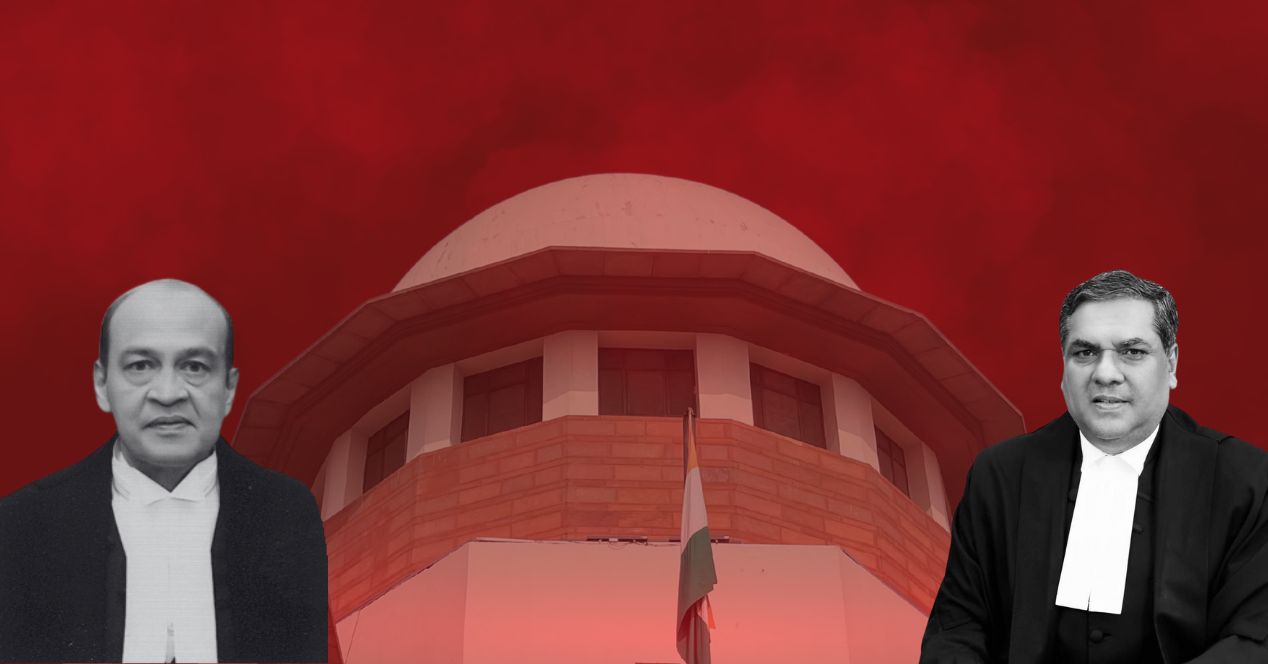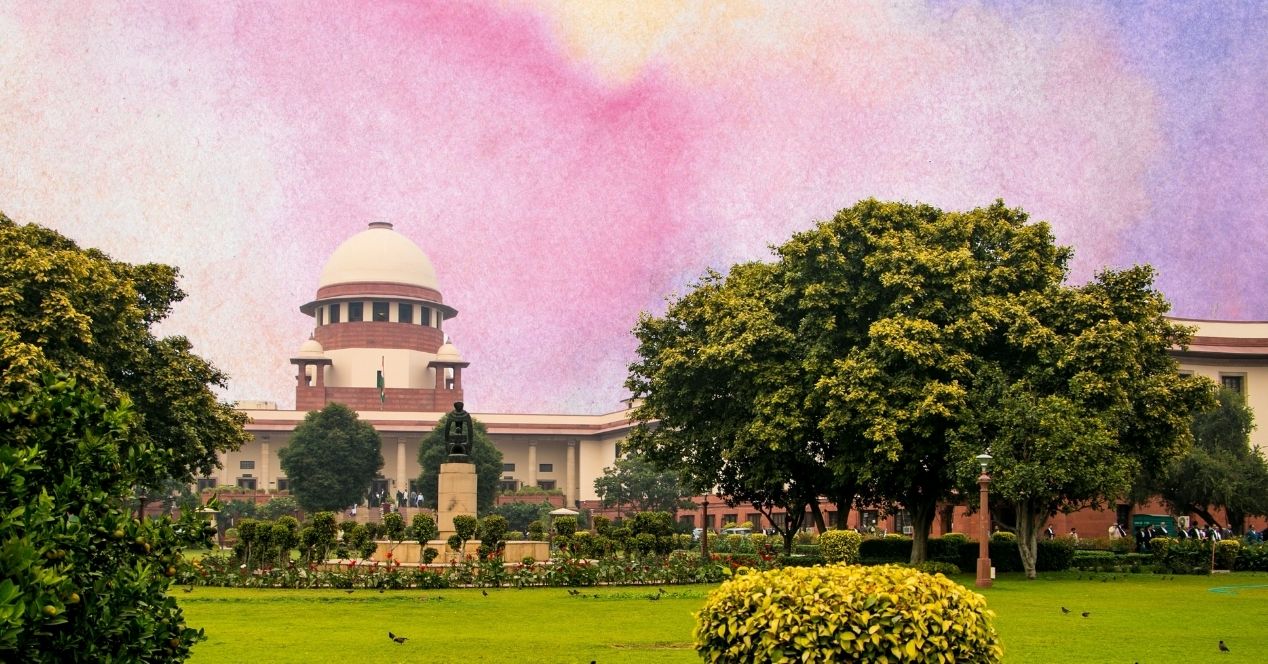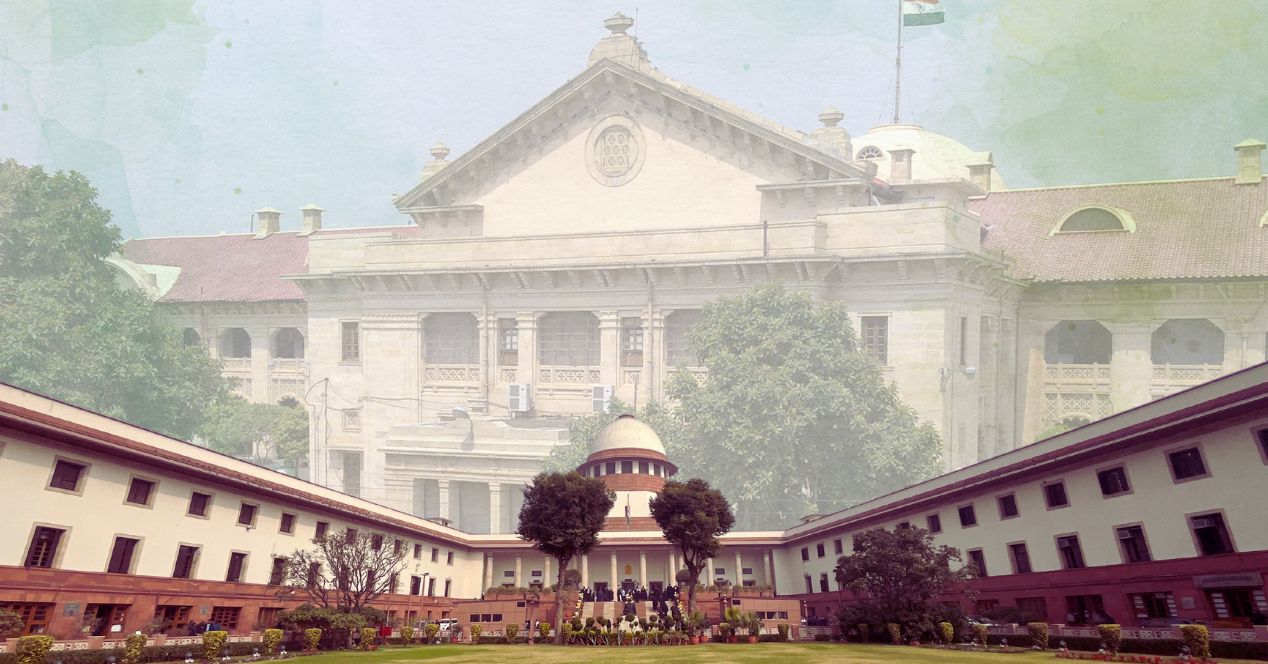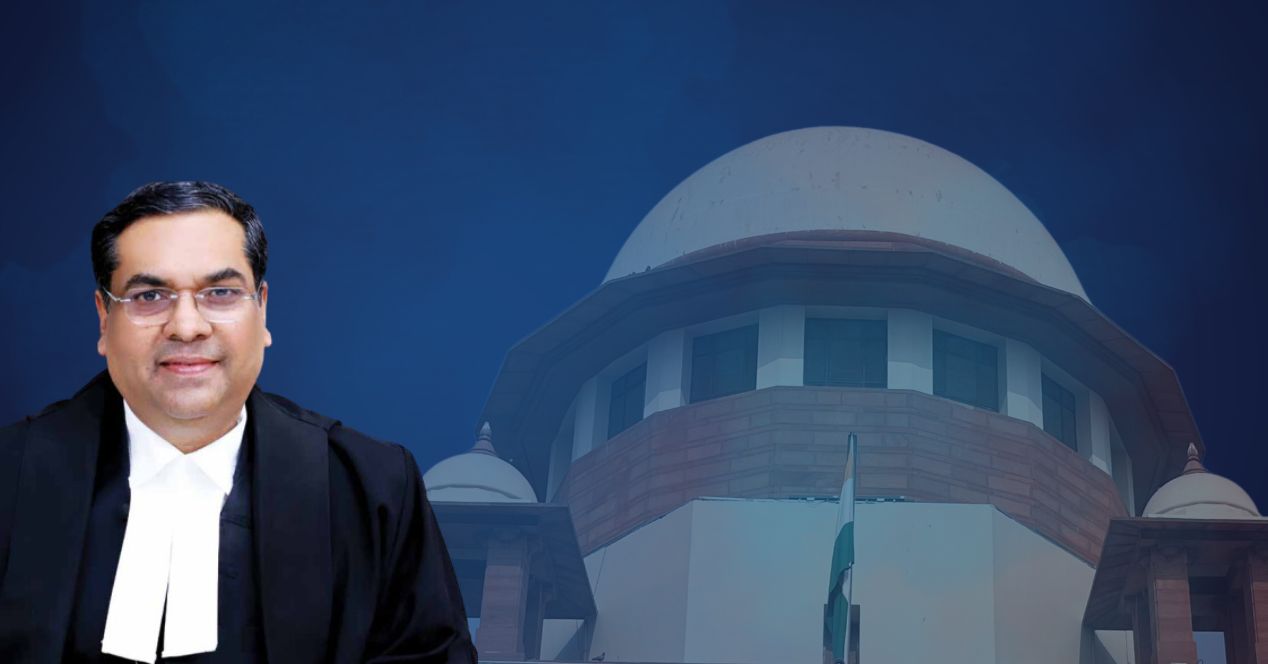Analysis
Can the CJI direct withholding of work before completion of an in-house inquiry?
The answer lies in a 2014 Supreme Court case where the complainant challenged a two-judge probe committee set up by the CJ of the MP HC
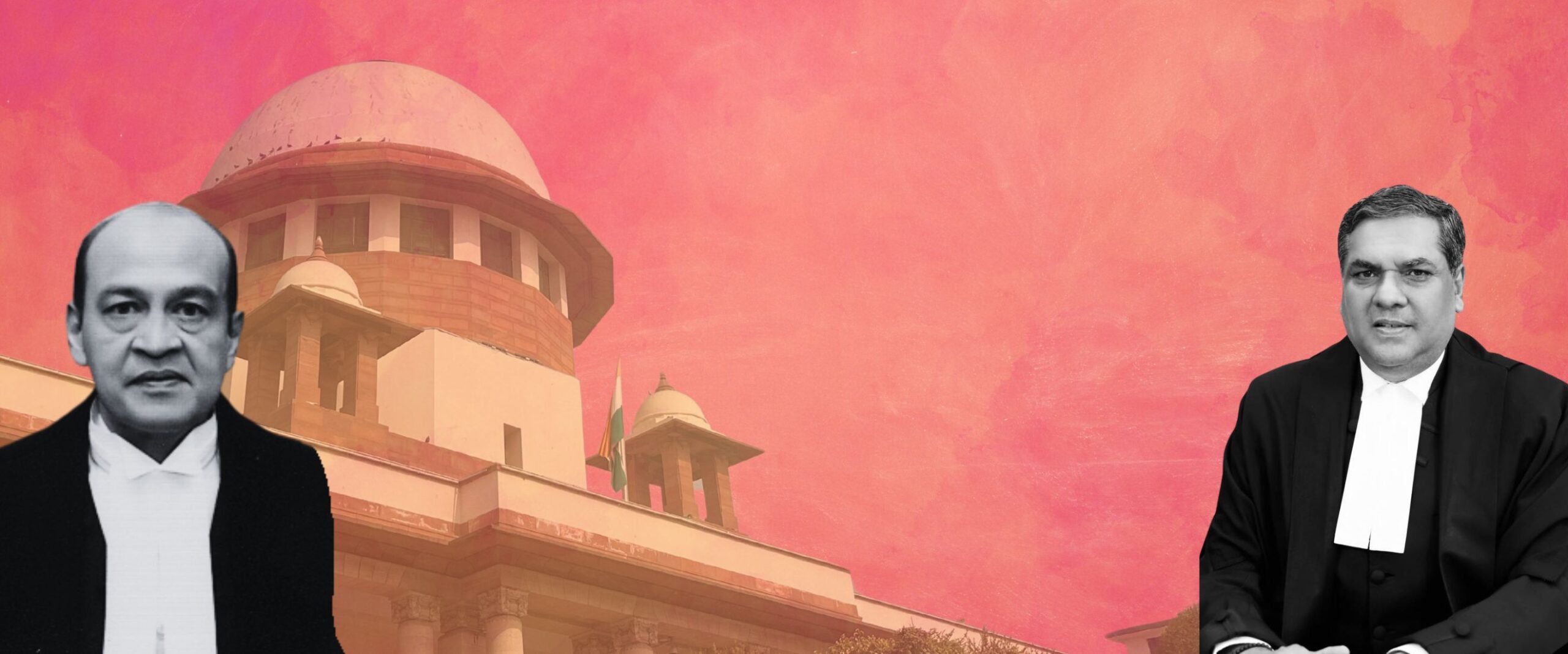
In the wake of unaccounted cash being found at Delhi High Court judge Yashwant Varma’s residence, CJI Sanjiv Khanna took notice of the matter. He directed the Chief Justice of the Delhi High Court not to assign any judicial work to Justice Varma for the “time being”. There have been some questions on digital media about whether such a directive was within the letter and spirit of the in-house procedure to investigate alleged impropriety by judges.
On 22 March, CJI Khanna constituted a three-member in-house committee to investigate the matter. Earlier, he had also requested Devendra Kumar Upadhyaya, Chief Justice of the Delhi High Court, to look into the allegation and submit the report. In his report, Chief Justice Upadhyaya recommended a “deeper probe”. Justice Varma, on his part, has stated that neither him nor his family members stored cash in the outhouse room.
Since then, the focus has been on the in-house committee. Although Union Law Minister Arjun Ram Meghwal has stated that the government is waiting for the committee report, precedent suggests that it is not unusual for Parliament to set up its own three-member panel under the Judges (Inquiry) Act, 1968. It can do this if a sufficient number of legislators submit a plea for the same.
The Justice Gangele judgement from 2014
In 2015, the three-judge in-house committee set up by then CJI H.L.Dattu found insufficient evidence to establish the allegation of sexual harassment against S.K. Gangele, a sitting judge of the Madhya Pradesh High Court. Interestingly, the committee recorded that Justice Gangele was “ambivalent and evasive about facts which are within his knowledge.” It also questioned the propriety of the judge hosting a public event to celebrate his 25th marriage anniversary, which was attended by many government officials.
The complainant was a former district and sessions judge in Gwalior who had quit her job to protect her “dignity, womanhood and self-esteem”. The committee observed that she had not been completely forthcoming with regard to the incidents.
In that instance, the Chief Justice of the Madhya Pradesh High Court had first constituted a two-judge inquiry committee to look into allegations. One of the grounds on which the complainant had petitioned the Supreme Court was that the formation and conduct of this committee was not in consonance with the “in-house procedure” envisioned in C. Ravichandran Iyer v Justice A.M. Bhattacharjee (1995).
Ultimately, in this matter, the bench of the Supreme Court had found that the “limited authority” of the CJ of the High Court was “to determine whether or not a deeper probe is required.” The two-judge committee appointed by him “travelled beyond the determinative authority vested in him.” The Court also directed that Justice Gangele be “divested of his administrative and supervisory authority and control” over the witnesses sought to be produced by himself and the complainant.
In this case, the Supreme Court reiterated the measures that could be taken if the in-house committee found the allegations serious enough to warrant removal. In the first instance, CJI is to advise the judge to resign or seek voluntary retirement. If the judge doesn’t accept the advice, the CJI must direct the Chief Justice of the concerned High Court to not allocate any judicial work to the judge. So, strictly speaking, it’s only at this stage of the in-house procedure that “withholding work” is expressly mentioned.
“Moulding” the in-house procedure
However, a close reading of the 2014 judgement reveals that the door is left open for the CJI to “mould” the in-house procedure based on the facts of a case. Here’s what Paragraph 45(iii) says:
“Even though the said procedure, should ordinarily be followed in letter and spirit, the Chief Justice of India, would have the authority to mould the same, in the facts and circumstances of a given case, to ensure that the investigative process affords safeguards, against favouritism, prejudice or bias.”
Therefore, in the present case, it is clear that CJI Khanna was within his powers to direct Justice Upadhyaya to withhold work from Justice Varma for the “time being”.

